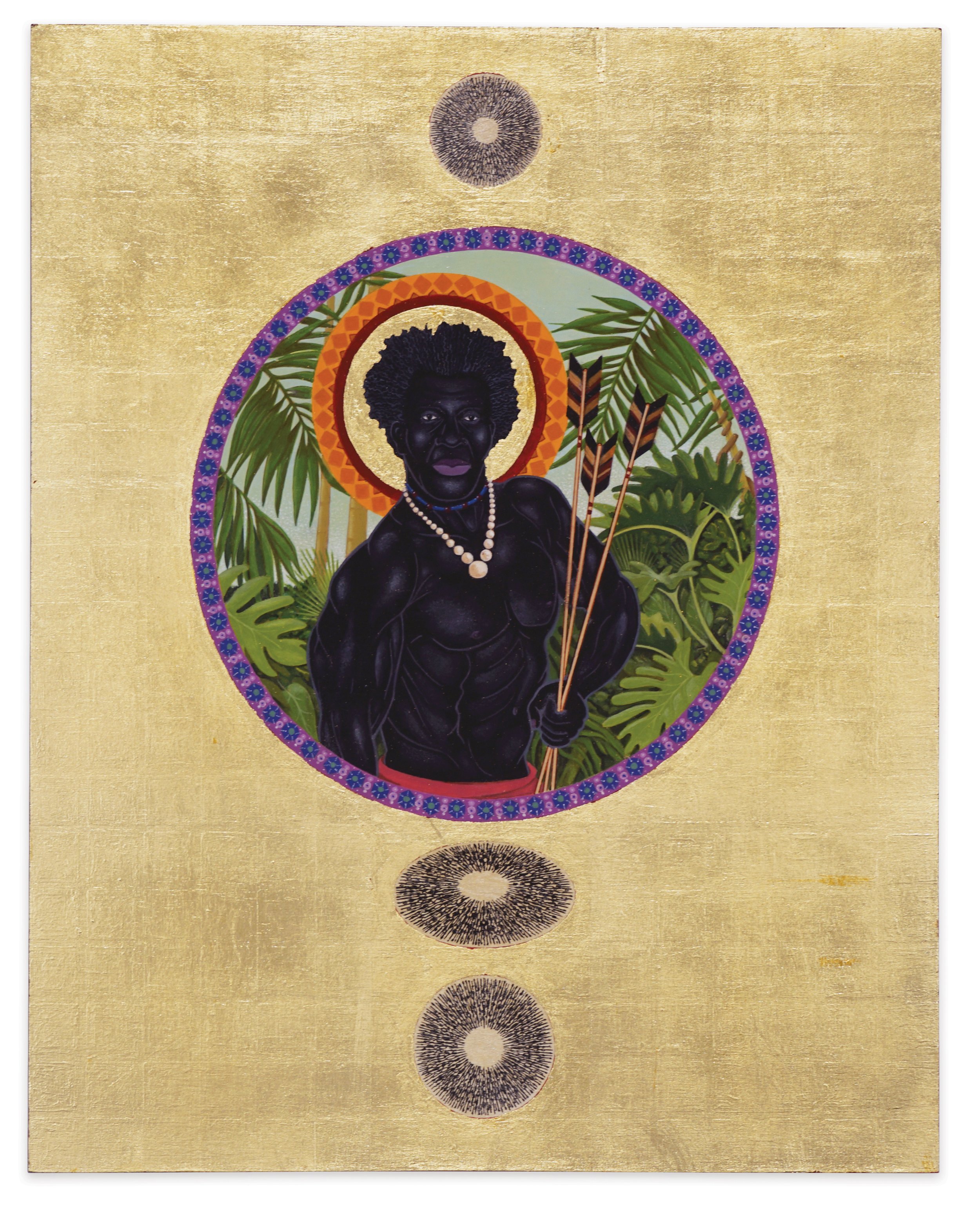Mark Steven Greenfield Catalog Signing & Talk - THIS SATURDAY!
/Photograph By Tony Pinto
Join Mark Steven Greenfield & William Turner for a conversation & walkthrough of Greenfield's current exhibition, HALO.
SATURDAY, JUNE 25, 2022
3:00 pm - 5:00 pm
3:00 Refreshments
3:30 Walk through begins 4:15 Catalog signing
MARK STEVEN GREENFIELD
Mark Steven Greenfield is a native Angelino, and son of a Tuskegee Airman, which led to spending the first part of his life abroad, living on military bases from Taiwan to Germany, until returning to LA at the age of ten. In high school Greenfield studied with revered Los Angeles artist, John T Riddle. Riddle quickly noted Greenfield’s talent, but saw that he was vulnerable to the influences and dangers confronting black youth at the time. Riddle remarked, "You could be a pretty good artist....if you live that long.” This got Greenfield’s attention and set him on the path that would define the course of his life.
Greenfield went on to study with Charles White, at Otis Art Institute, and received his Bachelor’s degree in Art Education in 1973 from California State University, Long Beach and a Masters of Fine Arts degree in painting and drawing from California State University Los Angeles in 1987.
This year, Greenfield’s work was the subject of a 20-Year retrospective at the Museum of Art & History in Lancaster, CA, from which the The Crocker Museum of art acquired a piece for their permanent collection.
Greenfield’s work has been exhibited extensively throughout the United States most notably with a comprehensive survey exhibition at the California African American Museum in Los Angeles in 2014, and in 2002 at the Museum of Contemporary Art of Georgia. Internationally, he has exhibited at the Chiang Mai Art Museum in Thailand; at Art 1307 in Naples, Italy; the Blue Roof Museum in Chengdu, China; 1333 Arts, Tokyo, Japan; and the Gang Dong Art Center in Seoul, South Korea.
Greenfield is a recipient of the L.A. Artcore Crystal Award (2006) Los Angeles Artist Laboratory Fellowship Grant (2011), the City of Los Angeles Individual Artist Fellowship (COLA 2012), The California Community Foundation Artist Fellowship (2012), the Instituto Sacatar Artist Residency Fellowship in Salvador, Brazil (2013) , the McColl Center for Art + Innovation Residency in Charlotte, North Carolina (2016) and Loghaven artist residency in Knoxville, Tennessee in 2021. He was a visiting professor at the California Institute of the Arts in 2013 and California State University Los Angeles in 2016.
From 1993-2011, Greenfield worked for the Los Angeles Department of Cultural Affairs as director of the Watts Towers Arts Center, and later as director of the Los Angeles Municipal Art Gallery, Barnsdall Park. He has served on the boards of the Downtown Artists Development Association, the Armory Center for the Arts, the Black Creative Professionals Association, the Watts Village Theatre Company and was past president of the Los Angeles Art Association/Gallery 825. He currently teaches drawing and design at Los Angeles City College, and serves on the board of Side Street Projects, Los Angeles Contemporary Exhibition (LACE) and the Harpo Foundation.
















